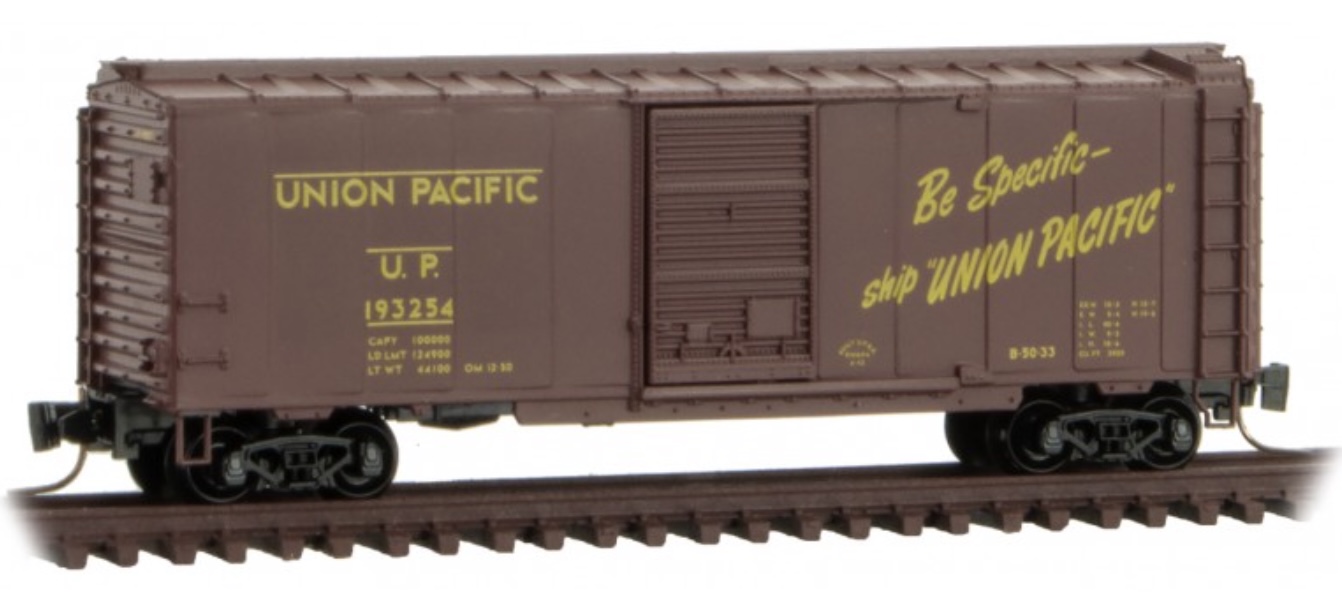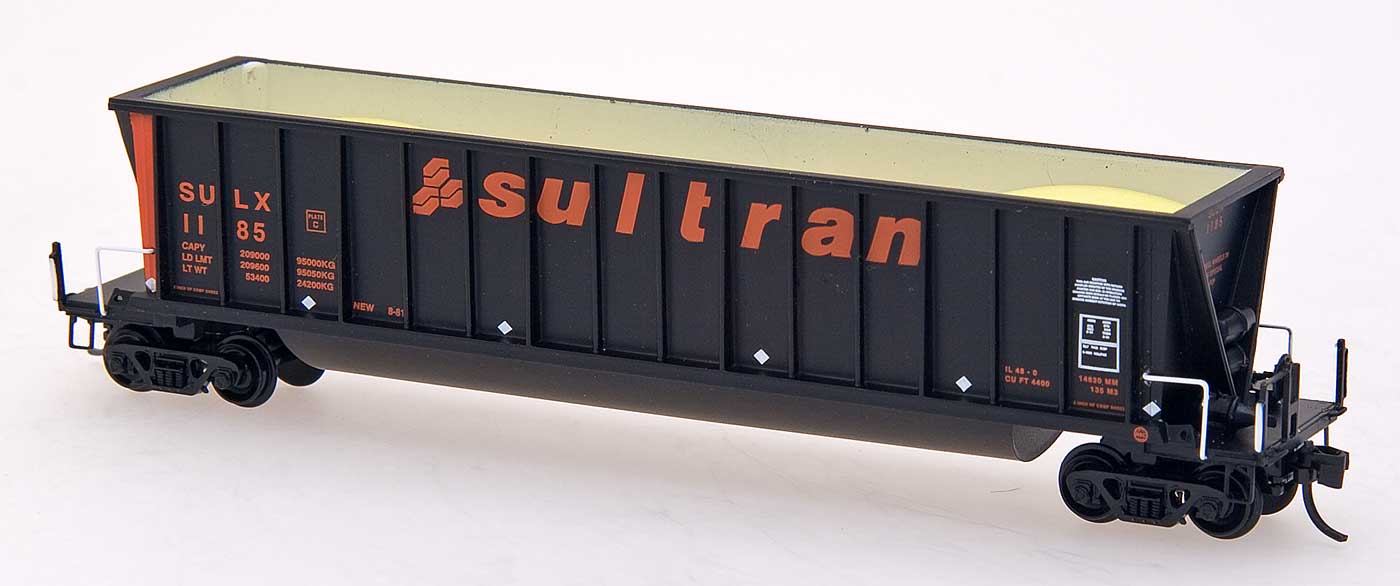Company History: Plum Creek Timber Company, Inc. was a timberland owner and manager, as well as a forest products, mineral extraction, and property development company, until it merged with Weyerhaeuser Company. It was headquartered in Suite 3100 at 601 Union Street in Seattle.
Plum Creek was spun off from Burlington Resources as a master limited partnership (MLP) on June 8, 1989. Burlington Resources was created from the Burlington Northern railroad's natural resources holdings in 1988. Plum Creek Timber is heir to some of the 47 million acres (19,000,000 ha) of timberland originally granted by the federal government to the Northern Pacific Railway in the 1860s, and most of Burlington's lands were originally purchased, or otherwise acquired as timberland. The MLP converted to a real estate investment trust on July 1, 1999 in order to obtain tax and accounting advantages available to real estate developers.
Plum Creek Timber produces a line of softwood lumber products, including common and select boards, studs, edge-glued boards, and finger-jointed studs. These products are targeted to domestic lumber retailers, such as retail home centers, for use in repair and remodeling projects. These products are also sold to stocking distributors for use in home construction. The company also does mineral extraction, natural gas production, and deals with communication and transportation rights of way. As of December 31, 2014, the company owned and managed approximately 6.58 million acres (2,660,000 ha) of timber lands in 19 states, as well as owned and operated five wood product conversion facilities in the northwest U.S.
On November 8, 2015, it was announced that Plum Creek would be bought by Seattle-based Weyerhaeuser for $8.4 billion, forming the largest private owner of timberland in the United States.[4] The transaction closed on February 19, 2016.From Wikipedia
Plum Creek was spun off from Burlington Resources as a master limited partnership (MLP) on June 8, 1989. Burlington Resources was created from the Burlington Northern railroad's natural resources holdings in 1988. Plum Creek Timber is heir to some of the 47 million acres (19,000,000 ha) of timberland originally granted by the federal government to the Northern Pacific Railway in the 1860s, and most of Burlington's lands were originally purchased, or otherwise acquired as timberland. The MLP converted to a real estate investment trust on July 1, 1999 in order to obtain tax and accounting advantages available to real estate developers.
Plum Creek Timber produces a line of softwood lumber products, including common and select boards, studs, edge-glued boards, and finger-jointed studs. These products are targeted to domestic lumber retailers, such as retail home centers, for use in repair and remodeling projects. These products are also sold to stocking distributors for use in home construction. The company also does mineral extraction, natural gas production, and deals with communication and transportation rights of way. As of December 31, 2014, the company owned and managed approximately 6.58 million acres (2,660,000 ha) of timber lands in 19 states, as well as owned and operated five wood product conversion facilities in the northwest U.S.
On November 8, 2015, it was announced that Plum Creek would be bought by Seattle-based Weyerhaeuser for $8.4 billion, forming the largest private owner of timberland in the United States.[4] The transaction closed on February 19, 2016.From Wikipedia
Successor/Parent History: Weyerhaeuser (pronounced "Warehouser") Company, is one of the world's largest private owners of timberlands, owning or controlling nearly 12.4 million acres of timberlands in the U.S. and managing additional 14.0 million acres timberlands under long-term licenses in Canada. The company also manufactures wood products. Weyerhaeuser is a real estate investment trust.
In 1904, after years of successful Mississippi River-based lumber and mill operations with Frederick Denkmann and others, Frederick Weyerhaeuser moved west to fresh timber areas and founded the Weyerhaeuser Timber Company. Fifteen partners and 900,000 acres (3,600 km²) of Washington timberland were involved in the founding, and the land was purchased from James J. Hill of the Great Northern Railway. In 1929, the company built what was then the world's largest sawmill in Longview, Washington. Weyerhaeuser's pulp mill in Longview, which began production in 1931, sustained the company financially during the Great Depression. In 1959, the company eliminated the word "Timber" from its name to better reflect its operations. In 1965, Weyerhaeuser built its first bleached kraft pulp mill in Canada. Weyerhaeuser implemented its High Yield Forestry Plan in 1967 which drew upon 30 years of forestry research and field experience. It called for the planting of seedlings within one year of a harvest, soil fertilization, thinning, rehabilitation of brushlands, and, eventually, genetic improvement of trees.
In 1904, after years of successful Mississippi River-based lumber and mill operations with Frederick Denkmann and others, Frederick Weyerhaeuser moved west to fresh timber areas and founded the Weyerhaeuser Timber Company. Fifteen partners and 900,000 acres (3,600 km²) of Washington timberland were involved in the founding, and the land was purchased from James J. Hill of the Great Northern Railway. In 1929, the company built what was then the world's largest sawmill in Longview, Washington. Weyerhaeuser's pulp mill in Longview, which began production in 1931, sustained the company financially during the Great Depression. In 1959, the company eliminated the word "Timber" from its name to better reflect its operations. In 1965, Weyerhaeuser built its first bleached kraft pulp mill in Canada. Weyerhaeuser implemented its High Yield Forestry Plan in 1967 which drew upon 30 years of forestry research and field experience. It called for the planting of seedlings within one year of a harvest, soil fertilization, thinning, rehabilitation of brushlands, and, eventually, genetic improvement of trees.
Brief History: The U.S. is a country of 50 states covering a vast swath of North America, with Alaska in the northwest and Hawaii extending the nation’s presence into the Pacific Ocean. Major Atlantic Coast cities are New York, a global finance and culture center, and capital Washington, DC. Midwestern metropolis Chicago is known for influential architecture and on the west coast, Los Angeles' Hollywood is famed for filmmaking.
Item Links: We found: 1 different collections associated with Plum Creek Lumber - Lumber & Forestry
- Collection N Scale Model Trains: 2 different items.
Item created by: CNW400 on 2021-02-15 16:34:56
If you see errors or missing data in this entry, please feel free to log in and edit it. Anyone with a Gmail account can log in instantly.
If you see errors or missing data in this entry, please feel free to log in and edit it. Anyone with a Gmail account can log in instantly.










